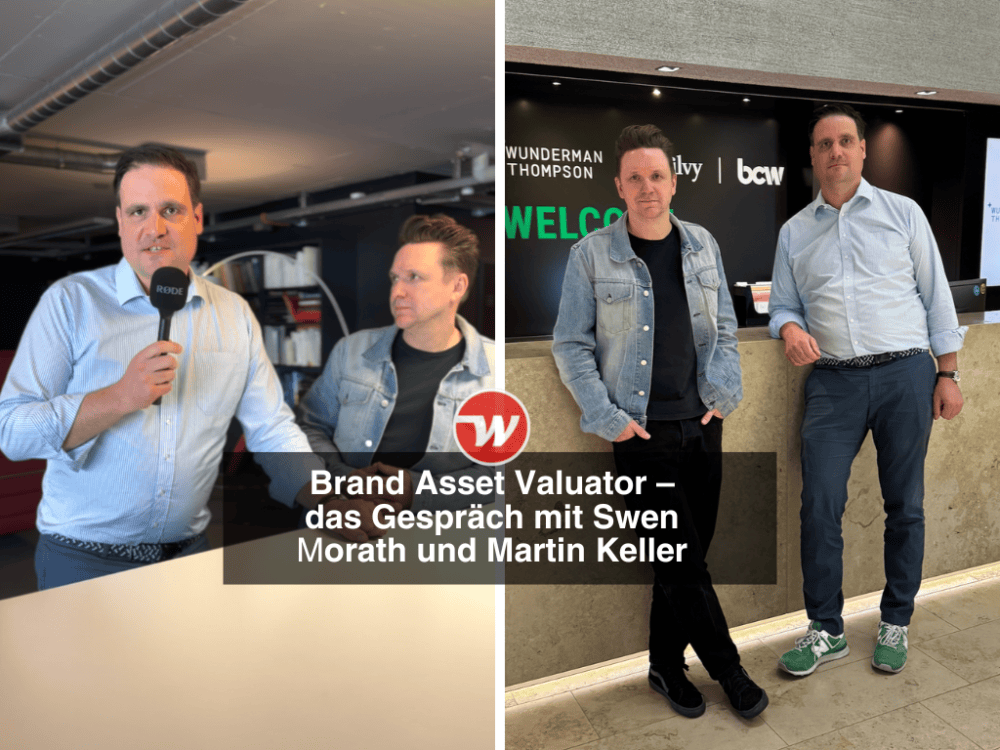Intelligent data-based marketing at PostFinance: the customer counts - not the campaign
An efficient customer approach stands and falls with the optimal lead playout and control. PostFinance implements this with technology from SAS and has realigned the sales model on this basis: from portfolio support to a lead-based approach.
PostFinance, with 2.9 million customers one of the leading Swiss financial institutions, has not only been working with SAS since yesterday - and has now taken an important step towards data-based market processing on the technological basis of SAS. What began with the has now reached the intelligent and efficient control of all sales processes. With SAS Customer Intelligence the financial services provider can tailor the customer interaction at each step in the customer journey to the exact situation, the customer's requirements, and the communication channel.
New signs in sales
The basis for this is optimized lead playout, which fundamentally changes the approach to customer targeting. Previously, the campaign manager would look at his customer portfolio in the morning and identify the contacts that promised the greatest potential for a credit card purchase, for example. Meanwhile, physical sales has moved to intelligent customer interaction. All sales channels are connected to SAS (including e-mail, SMS, customer center, branch, letter), and personalized content can be played out accordingly across channels.
The customer intelligence suite from SAS bundles the information from all channels and plays out leads according to clearly defined rules. The criteria that flow into the prioritization include, above all, the affinity of the customer to the respective product and the strategic importance of a product for the bank. The intelligence behind this gives the consultant the "hot leads" and immediately provides a package of "next best offers" for cross-selling, in the order of their relevance. In order not to overwhelm the customer with offers, an overarching contact strategy regulates how many contacts are played out over which channels within which period of time.
"SAS was an important piece of the puzzle in moving our sales force from a portfolio-based way of working to a lead- and data-based way of working," says Dennis Lengacher, Head of Customer Cycle Management & Campaign Design. "Market and campaign managers can play out their leads based on daily affinities and respond to customer needs accordingly."
Focus on the leads that are worth it
One result: The "scatter effect" in the customer approach is significantly reduced because the salesperson can concentrate on the leads that are actually relevant. Here is an example: The PostFinance credit card is used by a very large number of customers. When it comes to addressing potential new users, SAS Customer Intelligence helps to define the target group more precisely - and to focus on the 100,000 most promising candidates.
And the SAS solution helps to implement the defined product channel matrix. After all, fairly simple products such as a credit card can be sold cost-effectively online or via the customer center. More complex services, on the other hand, require the expertise of a consultant.
Adapted to the life situation
Another keyword is event-based cross-selling. This can be, for example, the start of a career after graduation, when the customer has a regular income for the first time and reduces his banking relationships to two or three institutions (the so-called consolidation moment). Recommendations from the system then take into account whether he has a credit card, whether he has set up some kind of pension plan, or whether he might have credit balances that he could invest - in order to make him the best possible offer and keep him as a customer.
3.7 million leads daily
Every day, PostFinance generates around 3.7 million leads from SAS and plays them out into the channels, 1.7 million of which are suggestions for cross-selling that the customer center employee can introduce when the customer makes contact. These suggestions are updated daily.
In addition to cross-selling and direct sales leads, customer relationship management is also simplified. Whereas in the past, measures for the further development of customers had to be played out manually, customer dialog can now be continued automatically after successful acquisition.
Last but not least, there are regulatory leads that must be served - regardless of the contact strategy. This ensures that regulatory requirements such as the GDPR are implemented.
"SAS supports us in the efficiency of our entire sales activities," says Sonja Homberger, Team Leader Marketing Automation at PostFinance.
Only with rethinking modern technology makes sense
What sounds like a brave new (marketing) world, however, cannot be implemented without friction - because handing over responsibility as far as possible requires a change in attitude that should not be underestimated. "In the beginning, our marketing experts already had problems with leaving the decision to a machine," Lengacher recalls. "What actually convinced them were the numbers: With SAS Customer Intelligence, we simply achieve a higher conversion rate - in selected cases such as the credit card area, it has even doubled - and the marketing franc is better spent."
Win-win situation
It is also important to break down silo thinking and make employees aware of which option is better for the overall success of the company - instead of selling one's own product at all costs. The bottom line is that everyone benefits from passing on cross-selling recommendations to colleagues if this promises a higher probability of closing a deal.
Homberger sums up the paradigm shift: "Goodbye gut feeling, hello data-driven marketing! SAS Customer Intelligence makes it possible to enter into dialog with the really relevant customers - at the right time, in the decisive context, via the right channel with the appropriate message."
* Andreas Heiz is Director of Customer Intelligence Solutions EMEA at SAS.









